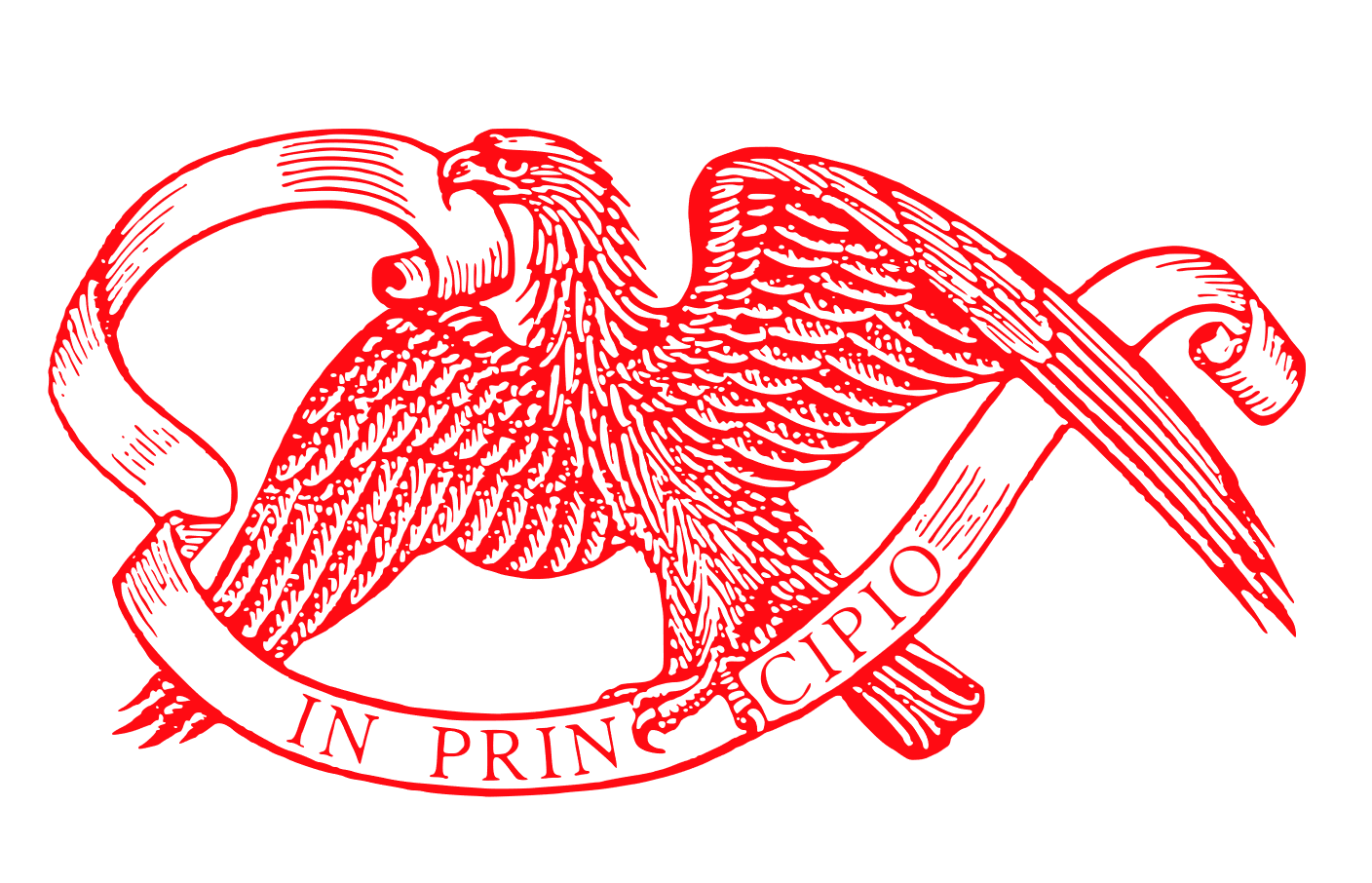She Did Not Understand the Question
Peter Harper, Smoke Signals #25, May-June 1997
Whatever one accuses the present Pope of, it cannot be of sloth, for he is a busy man indeed. More than any of his predecessors, he has peopled the higher tiers of heaven with quite a lot of new saints; a tally done about a year ago listed 272 new saints and 731 new blessed. Saints of all nations and races, of all callings and walks of society. I wonder if there are a lot of children among them. What are the saints proposed to children these days? Think of Fr. Wood's altar in our church; the front panels are originally from a 19th c. Oxford school and they present 4 young saints to young boys' admiration: Edward, George, Lawrence, and Pancras. These saints are hopelessly out of date, and they would fire few young people's imaginations these days.
I suppose each generation needs its own saints.
When I think back on my own generation, the saints that come to mind are a few classics, which were old hat even then: Gerard Magella, Stanislas Kostka, Alphonso de Ligori... But there were also our own special saints, with whom we identified and whose stories permeated our lives, through pamphlets, comic books, movies, tales, sermons... These heroes were epitomised by St. Domenico Savio and St. Maria Goretti.
Maria Goretti was the most interesting of the two because she had died a martyr, and we were amazed in 1950 when she was canonised during Holy Year in the presence of her mother and while her murderer Alessandro Serenelli was still alive. She was a poor and illiterate 12-year old Italian peasant girl who was killed in 1902 by a neighbouring lad who tried to rape her.
She was hailed as the Agnes of the 20th c. The original Agnes was a 4th c. Roman martyr, killed for the faith while still quite a young teenager. She was very popular and indeed was honoured twice in the calendar on January 21th and January 28th (St. Agnes secundo) on a pseudo-octave day. The Golden Legend recalled her virginity and her mystical betrothal to Christ. "I am in love with Christ in whose chamber I shall enter, whose mother is a virgin, and whose Father knows no woman... When I love Him I remain chaste; when I touch Him, I remain pure; when I receive Him, I remain a virgin. His Body is united to my body and His Blood reddens my cheeks." Contrived sentiments for so young a child that were later additions. Although her accusers had attempted to defile her by offers of marriage and a stint in a whorehouse, it is obvious that it was because she was a Christian that she died.
In the case of Maria Goretti, the situation was less clear: she had died because she would not satisfy one man's lust. The central event was not so much the murder, but the circumstances. Maria is reported to have cried, "What are you doing? No, no, no, don't touch me! It's a sin. You will go to hell... God forbids it: it's a sin!" Maria became a martyr not of Christian faith, but of Christian morals. So far so good, but some good priests overdid it.
The classic biography of the saint is Monsignor J. Moretti's "A Martyr of Purity, St. Maria Goretti" (1950). The style is soapy and sentimental, and exaggerations are such as to make the book unreadable today. And some bits are literally sick. Great emphasis is given to the autopsy: there were 18 knife wounds and 4 contusions on the body; none was immediately fatal, and Maria died of peritonitis. What rejoices the good priest is that, despite the glorious wounds she suffered, "the flower of her virginity had survived spotless from all contamination". Such insistence on physical virginity instead of true virginity was a new development, and not a particularly happy one.
In a curious recent book (The Cloister Walk - New York: Riverhead Books, 1996) Kathleen Norris, a Presbyterian enamoured of the Benedictine life, makes an interesting study of Maria Goretti, establishing parallels with Marilyn Monroe and Kristen French. While she deplores the "better dead than raped" attitude of the Church, she insists that "there are things worth dying for". So perhaps St. M. Goretti is due for a comeback.
In the early 70s, Jacques Fauteux asked Lise Payette on Radio-Canada why Maria had said no and his answer was "Because she did not understand the question"; which caused a scandal. Today no one would know what he was talking about, or if they did they would not care.
